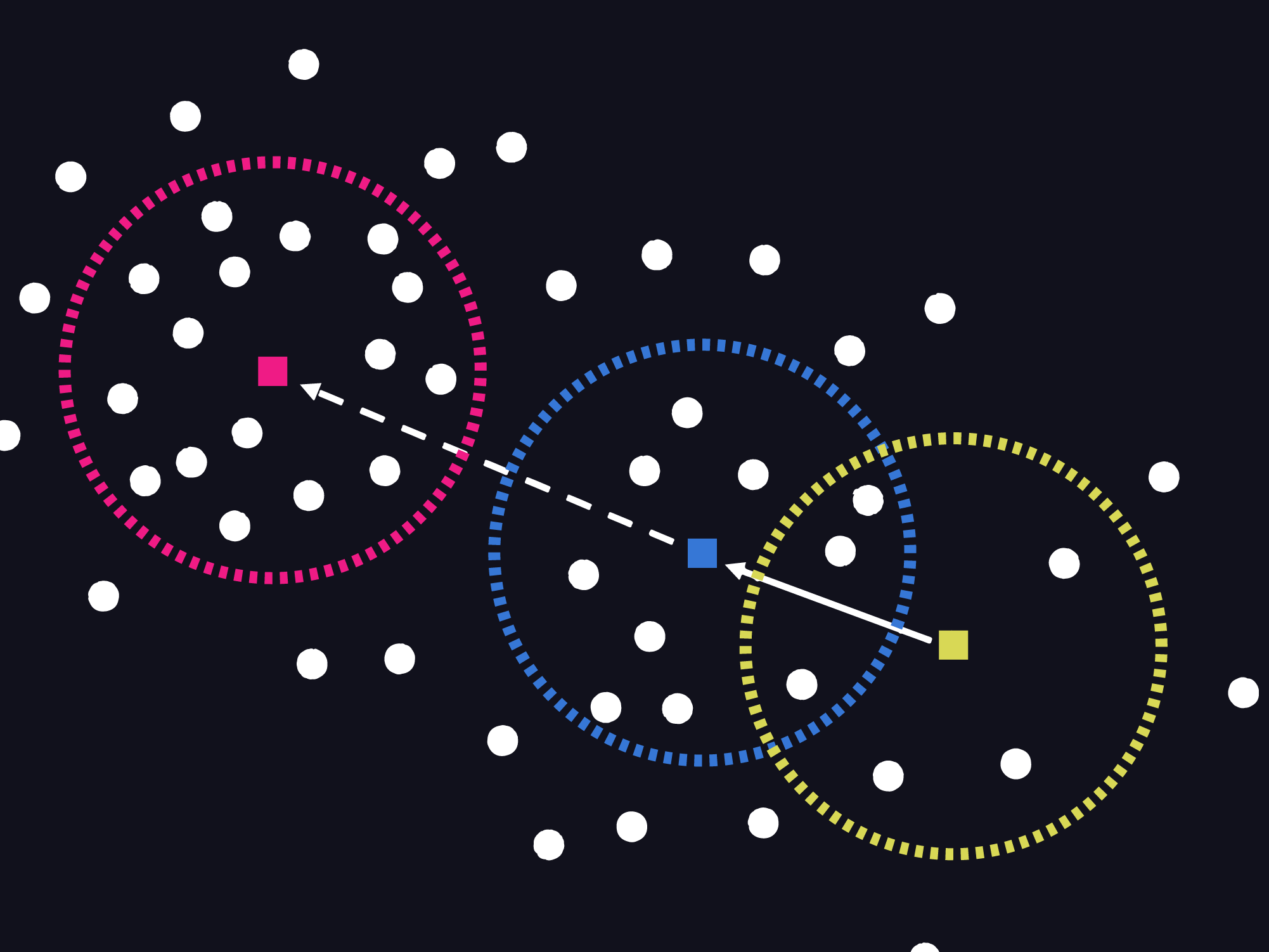About this Learning Path
This Learning Path introduces you to one of the main types of Machine Learning: Unsupervised Learning. You will learn how to find insights from data sets that do not have a target or labeled variable. You will learn several clustering and dimension reduction algorithms for unsupervised learning. The hands-on section of this Learning Path focuses on using best practices for unsupervised learning.
Who should take this Learning Path?
This Learning Path targets aspiring data scientists interested in acquiring hands-on experience with Unsupervised Machine Learning techniques in a business setting.
What skills should you have?
To make the most out of this Learning Path, you should have familiarity with programming on a Python development environment, as well as a fundamental understanding of Data Cleaning, Exploratory Data Analysis, Calculus, Linear Algebra, Probability, and Statistics.






